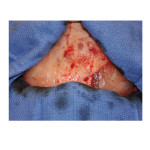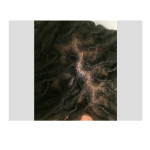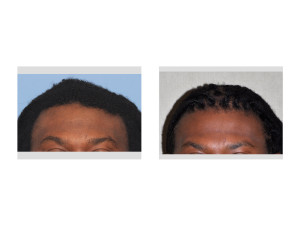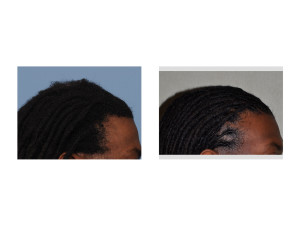Background: The shape of the top of the head is highly influenced by the sagittal suture. The sagittal suture is a connective tissue joint between the two parietal bones of the skull. The sagittal suture in an adult connects the bregma (the intersection of the sagittal and coronal sutures above the forehead) back to the vertex. (highest point on the skull) In adults the sagittal suture does not close completely until around thirty years of age.
At birth the sagittal suture is open. But if it closes in utero, a classic skull deformity develops at birth known as scaphocephaly. (sagittal craniosynostosis) This creates a very long and narrow head due to the restriction of the growing brain to push out on the skull bones now restricted by the fused suture.
But deformities of the sagittal suture can occur in less dramatic presentations. Slight disturbances of sutural fusion can cause ‘micro’ forms of sagittal growth disturbances known as a sagittal ridge or sagittal crest. This appears as a prominent ridge of bone that is higher than the rest of the top of the skull and can be seen clearly as a ridge running down the middle of the top of the skull. It can some or all of the sagittal line and is usually most prominent at the vertex of the skull.
Case Study: This 35 year-old male was bothered by the shape of the top of his head. He felt it was too tall in the middle and did not have a nice round normal skull shape. It was shaped more like a roof with a peaked middle and sides that angled downward.


More prominent sagittal ridge deformities can not be satisfactorily lowered by bone burring due to the thickness of the bone. Adding height to the sides of the reduced sagittal ridge (parasagittal augmentation) aids in making a more pleasing shape to the top of the skull.
Highlights:
1) Certain sagittal ridge skull deformities have an associated parasagittal deficiency creating more of a peaked or triangular head shape.
2) Sagittal ridge skull reduction can be combined with parasagittal augmentation using bone cements to create a more natural shape to the top of the head.
3) A limited coronal scalp incision can be used for top of the head skull reshaping.
Dr. Barry Eppley
Indianapolis, Indiana




